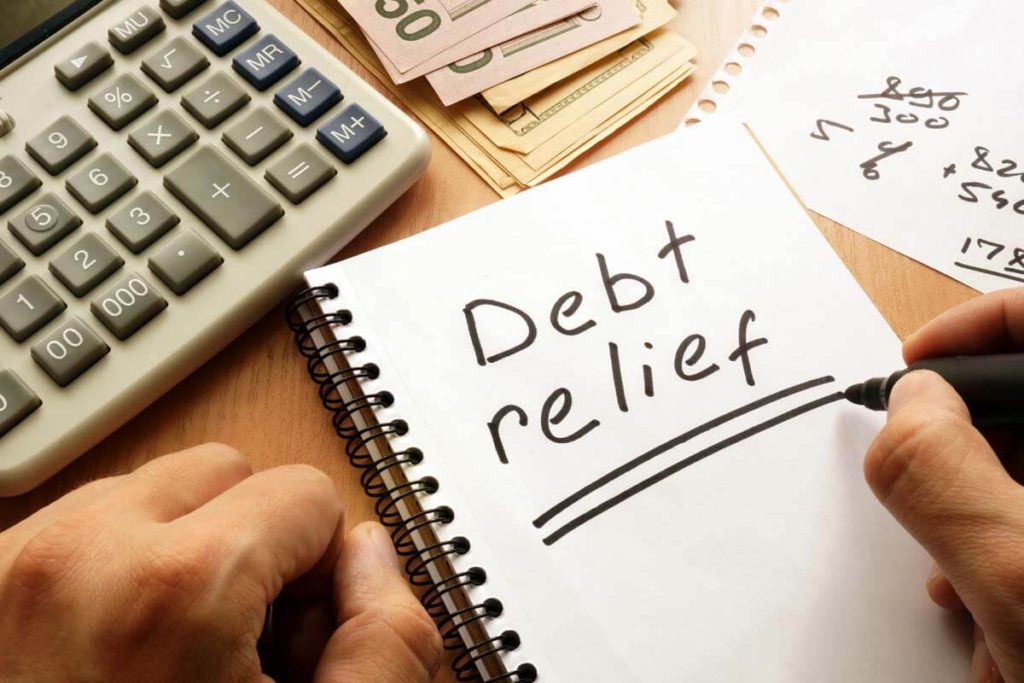The main reason for this is because it postpones the immediate and large outflow of cash, giving the buyer more time to return the money. This frequently results in a debt trap, which a person only understands when the total outflows of all EMIs combined consume a considerable percentage of their income and have an impact on their budget.
Being debt-free becomes their greatest ambition. A debt trap can be easily avoided if spending are carefully budgeted. If you want to learn how to become debt-free in five years, here’s a guide that will show you how to empower yourself if you’re in debt.
1. Make a Debt list
This is the first step in our debt-free checklist. Before you begin the process of being debt-free, you must first determine how much debt you have accumulated. Begin by making a list of all your current debts. This will show you how far you’ve fallen into the trap. Don’t just write down the numbers. Instead, provide a precise note of the loan’s purpose, the EMI amount and due date, and the interest rate charged. This will provide you with a clear image and aid in the creation of a priority list.
2. Begin Small
Small savings from not eating out, conserving money on gas, and avoiding impulsive purchasing habits add up quickly if done consistently over time. For the majority of us who have been working from home since the beginning of the epidemic, avoiding such fees has become possible, and little monthly savings can help us begin paying off our obligations. The money left over after buying necessities, utilities, and some emergency savings should be used to pay down those high-interest debts.
3. Make a Budget for Everything
If you’re like millions of other individuals who make money, you might think of budgeters as a different breed than you. Talking about budgets and sticking to them has an air to it, and to be honest, it’s a little monotonous.
Fortunately, once you’ve set up a system to manage your expenditures, living on a budget may become second nature and even pleasurable. Seeing what you have and what you pay out is a wake-up call, but ignoring your debt won’t make it go away: only a budget can accomplish that.
4. Prioritize your Debts
Debts are not always bad. A debt taken to create an asset is considered good and benefits you in the long run. Home loans, loans for education or business, etc., facilitate your growth. However, if you are in debt because of credit card bills or personal loans taken for any non-beneficial purpose, it would be better to pay them at the earliest.
You will even notice that interest rates on such debts are enormous when compared to standard loans. Credit card companies usually charge 20%-30% interest per annum. Even personal loans are expensive. Therefore, set a priority list of all your existing debts. If you are debt-free and want to continue this way, then prioritize your demands and purchases. If you are planning to make a purchase using EMI facilities, then only buy what is necessary. Your present purchases affect your future finances due to EMIs. This way, you can always keep yourself debt-free.
5. Simplify
Because so many people want a simpler existence, marketers have taken notice and developed additional opportunities to buy things. In layman’s words, believing in the concept of simplicity might lead to the purchase of more items in order to arrange what we already have. Even wanting less is a marketing goal, so “simple living” is more of an external style than a real way of life.
Before you go out and buy something, think about what you already have at home that isn’t being utilised, and shop from your own stockpile. Challenge yourself and your family to use everything up and only refill what you need, so you don’t end up with an overabundance of new home products. Take a month to document what you use and don’t use from what you currently have, just as you would with buying.
6. Don’t rely completely on Credit Cards
Credit cards are nice to have on hand in case of an emergency but try to refrain from relying on them and using them constantly. If you don’t have to charge something to a credit card, don’t. Instead, try using the money you already have instead of borrowing more.
7. Use Cash
In some ways, cash is real-time. Cash payments are made on the moment, with no further processes or expenses. Cash is also a real-time medium in the sense that once it’s gone, it’s gone forever. Withdrawing a specific amount offers you something to work with when making purchasing selections, and setting a weekly or monthly spending limit can help you stay on track.
For many individuals throughout the world, debit cards have supplanted cash. Debit cards have the advantage of being able to be used as currency without having to make a bank or ATM withdrawal or write a cheque. Debit cards have certain drawbacks in terms of self-control and theft prevention. When you pay with cash, you may budget a certain amount in actual currency, however when you pay with a debit card, money is taken straight from your bank account up to the limit of your balance. Debit cards also have fewer safeguards, and if they are stolen, they may be used to make purchases and get cash quickly.

